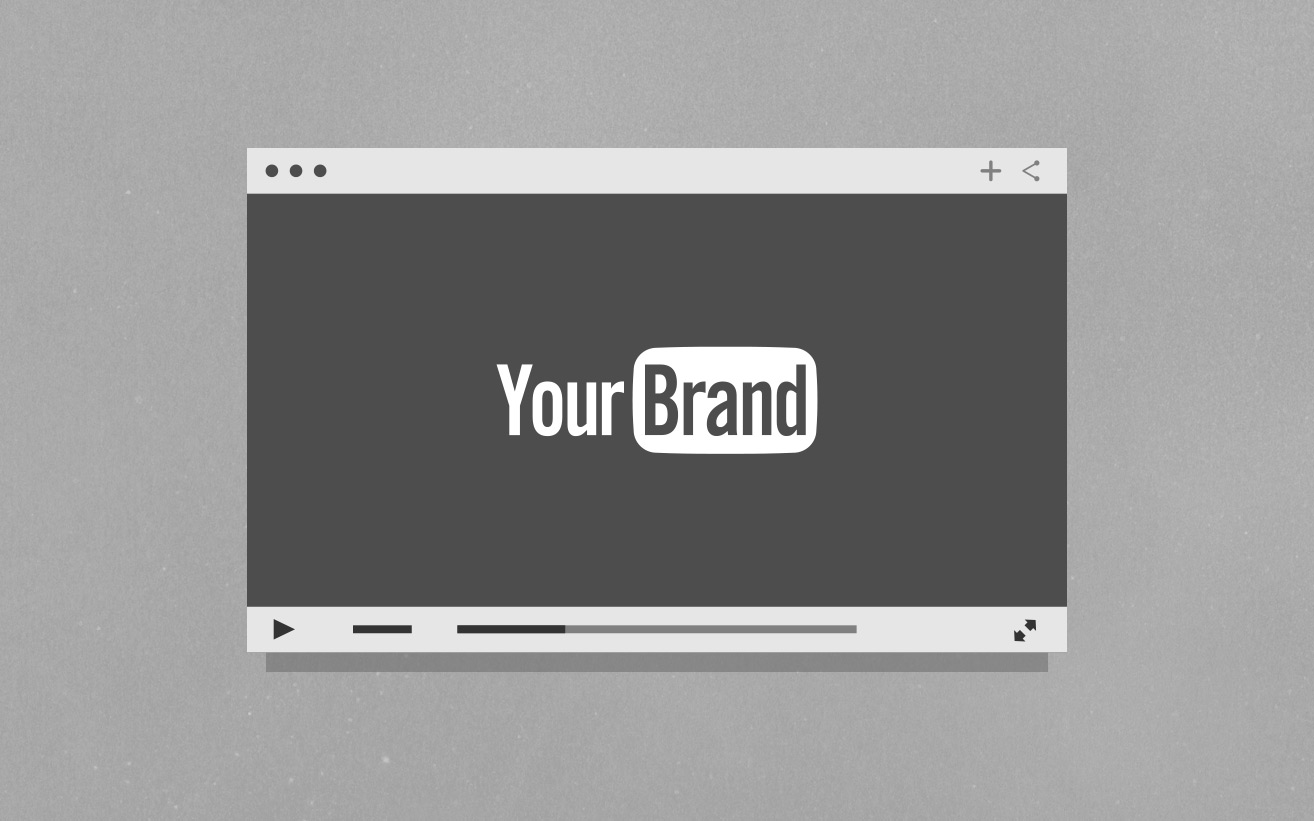
Comedians in cars getting branded content
In Jerry Seinfeld’s recent online series, Comedians in Cars Getting Coffee, he shows off several vintage cars and picks up comedian friends to go for coffee.
And you thought his sitcom was a show about nothing. But given the success of non-scripted shows like Larry David’s Curb Your Enthusiasm, and Steve Coogan’s The Trip, the format is strong, naturally engaging and perfect for branded content.
Seinfeld’s webisodes were produced in partnership with online entertainment site Crackle, and show so little advertising, it’s easy to ask yourself, is it really branded content? Or original programming for the Sony-owned Crackle site? It could simply be that promoting this online series so cleverly, ultimately encourages sales of Seinfeld DVDs. Let’s not forget Sony owns the Seinfeld sitcom distribution rights.
Or perhaps it’s merely an exercise to drive traffic to the site – Crackle.com offers a host of online shows. But its teaser release of Comedians in Cars was used more as branded content for the site itself, than as regular programming. The branding is minimal. You’ll have to watch the featured extras, or ‘spare parts’ as they’re called (nice work) to see that each ends on a Crackle logo.
Branded content is nothing new. After all, commercial television networks are created by businesses to sell advertising first and foremost. Sometimes the programming is allowed to get in the way. And these days hardly a tv show is aired on a commercial network without some appropriate-fit advertising tie-in. Who Do You Think You Are? brought to you by ancestry.com. The Voice, in association with the Ford Focus Titanium (with advanced voice control system, of course) It makes perfect sense in a world with a minimum two-screen viewing habit.
The first ever TV commercial in the UK was for toothpaste – and one of the first standout examples of the new form of web advertising features an equally mundane bathroom product. Zach Galifianakis stars in an intermittent talk show series, Between Two Ferns – doing a deliberately awkward job of interviewing a host of celebs, quite literally, between two ferns. Produced by funnyordie.com the interviews are hilarious and bite-sized. And in a joke on how crassly many talk shows are co-opted by advertisers, Galifianakis rudely interrupts most of the interviews to blatantly plug Speed Stick deodorant – the joke thus helping branding become part of the content.
In the UK, comedian Steve Coogan dusted down his ever-popular Alan Partridge character for Foster’s Lager in a 12 part series of cringe-funny webisodes featuring a fictional radio show, Mid Morning Matters. Other than being hosted on the fostersfunny.co.uk site, the shows contain no mention whatsoever of the lager funding them, and were so well received a second series was produced with Sky1HD snapping up the TV rights to air them in 2013.
But if ever we were looking for the zenith of the genre, we were served up the now legendary Dumb Ways to Die, a sublime piece of branded content for Melbourne’s Metro Trains. The amusingly addictive clip was viewed by 25 million people within two weeks – 2 million more than the population of Australia itself. Not even creative agency McCann could have hoped for that.
The web is the perfect, quick-to-broadcast medium for brands to generate their own programming. And if you want people to share your YouTube clips, you’d better make them funny – clearly, when it comes to getting the most engagement and leverage, humorous content is proving to be the fastest path to a higher click rate. Even rally driver Ken Block’s epic Gymkhana spots for DC Shoes have their tongue firmly in their cheek, gorilla suits and all.
Comedy – it’s gold, Jerry. Gold!
